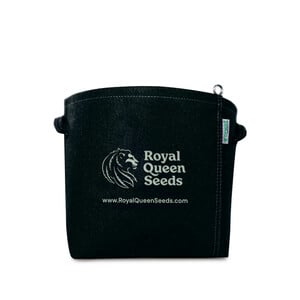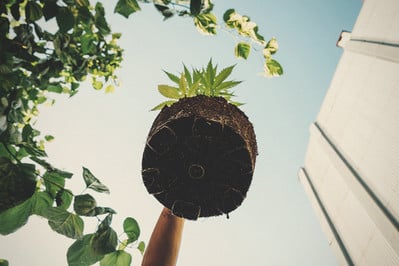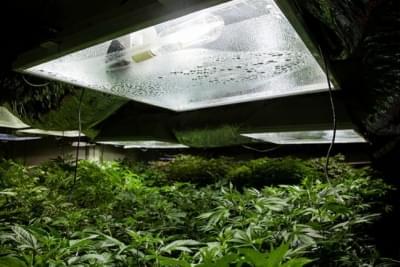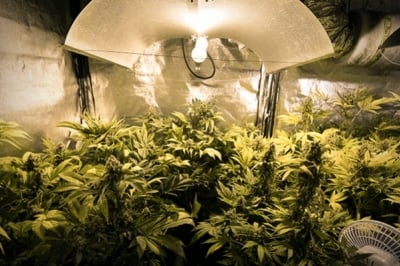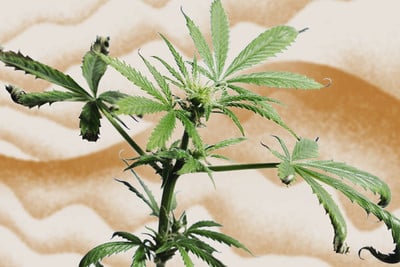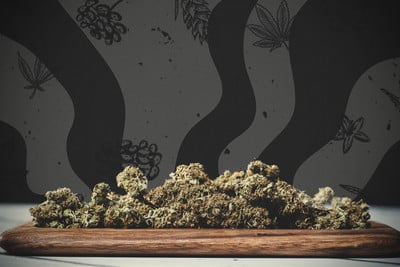.

How To Grow Cannabis With Dense Buds
Producing dense, resin-covered buds is every cannabis grower’s dream. Well, don’t let your dreams be dreams—here is all you need to know about growing dense buds of your own, indoors or outdoors.
Contents:
Cannabis is a strong plant capable of surviving extreme conditions. However, this doesn’t mean large, dense yields are guaranteed. Ensuring the correct conditions for optimal growth are maintained should be the main priority for any grower, especially if dense bud is their primary objective.
The most common causes of an underwhelming, airy crop are bad lighting, poor nutrition, overwatering, and extreme temperatures. Letting just one of these factors get out of control—especially towards the end of a plant’s life cycle—can dramatically impact the quality of the bud. We are going to take a look at each in turn, and see how they can be optimised to produce the densest yields possible.
Achieving Dense Buds — Start With the Right Genetics
The first step to growing dense buds is picking the right genetics. Indica-dominant strains, in particular, tend to produce denser, more resinous buds than sativa-dominant varieties. Because sativa strains originate from warmer, more tropical climates, they’ve naturally developed a looser, airier bud structure that helps protect the plants against bud rot and other mould-related issues.
Indica-dominant strains, on the other hand, originate from cooler, drier, mountainous regions with colder climates and shorter summers. As a result, these strains have developed a shorter stature, faster flowering time, and, you guessed it, a tighter bud structure.
When shopping for dense strains, don’t get caught up looking for pure indicas. Today, almost all cannabis strains on the market are poly-hybrids, meaning they’ve been extensively crossbred. Any indica-dominant strain from a respected seed bank (like RQS) should have the dense bud structure you’re looking for.


Choosing the Right Pots
While you can technically grow cannabis in any old pot, some will inherently do a better job at promoting the growth and health of your plants. And healthier plants are obviously going to produce much better (and potentially denser) buds than unhealthy ones.
For the best results with any grow, we always recommend using Air-Pots or fabric (“Smart”) pots. Unlike regular ceramic or plastic pots, Air/Smart pots promote much better air circulation around your plants’ roots. Not only does this make it easier for your plants to respire, but it helps them develop stronger root systems that grow downward rather than around the pot's edges. That’s because the open airflow around the edges of the pots trims the roots as they get closer.
Growing Dense Cannabis Buds Outdoors: Garden Beds vs Pots
If you’re lucky enough to be able to grow cannabis outdoors, one of the best ways to encourage dense buds is by planting it directly in the ground or in very big pots (25l or more). Plants grown in smaller pots will gradually run out of soil and space as their roots grow, making it harder for them to take up nutrients and water from the substrate.
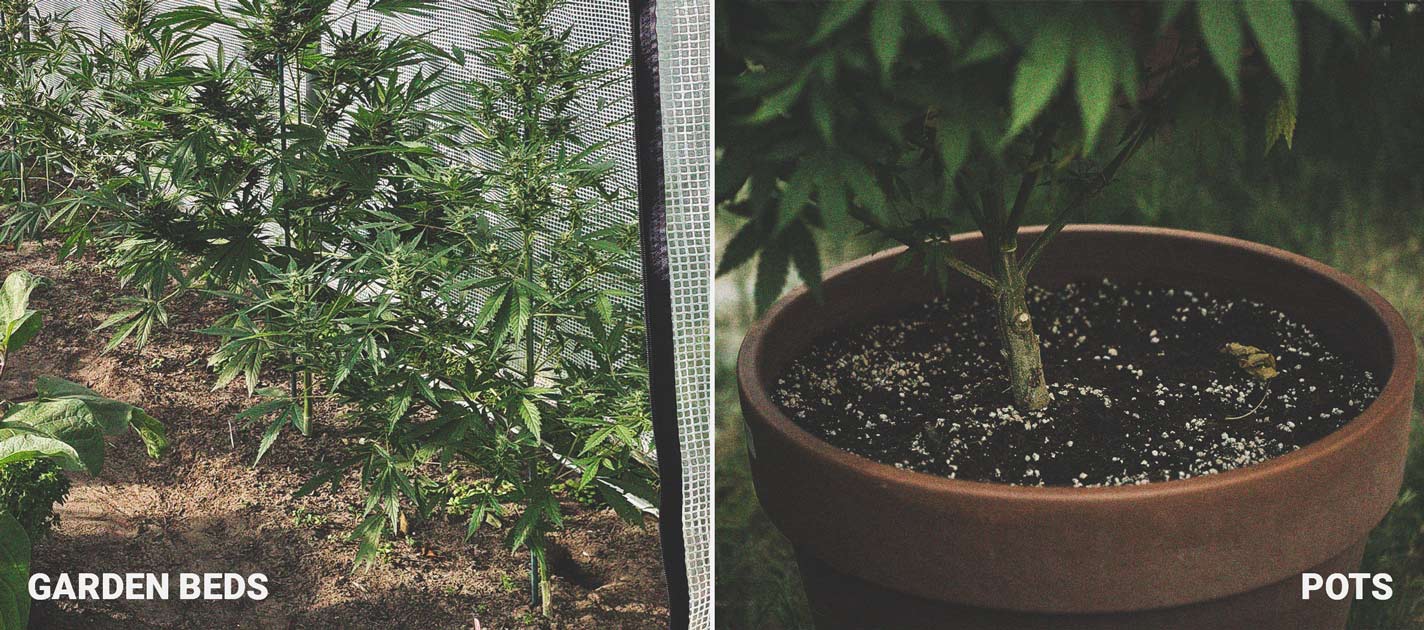
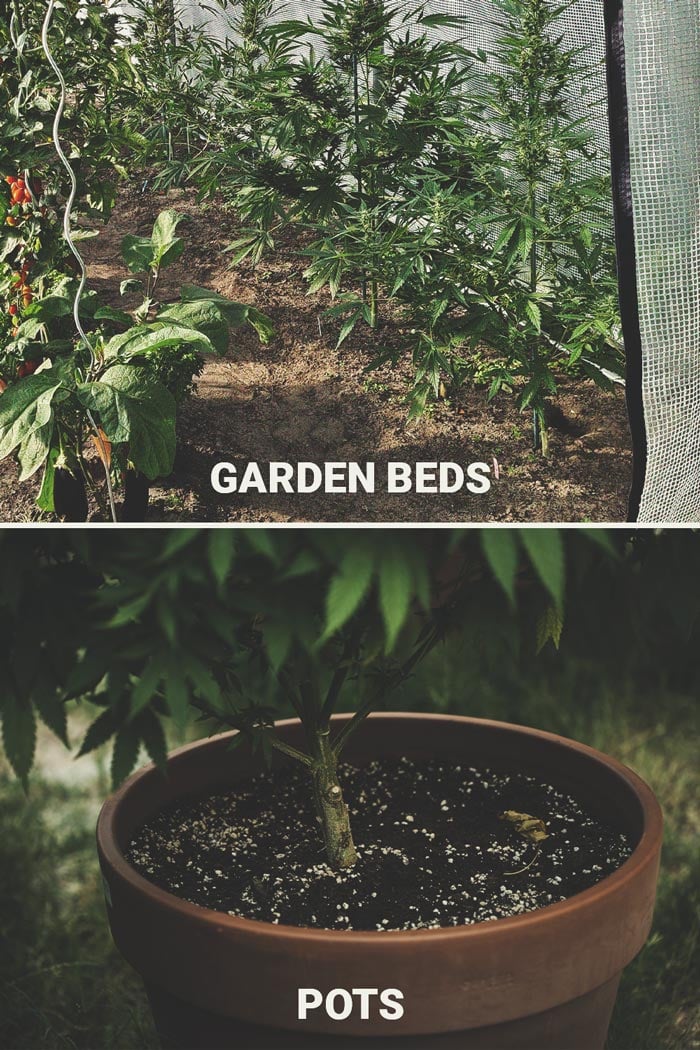
Optimising Lighting
It's no secret that cannabis plants need ample light to conduct key physiological processes that ultimately fatten your buds up. So, what can you do to optimise lighting indoors or out?
-
Light Intensity
Maintaining optimal light intensity is crucial. The more light buds get, the bigger they grow. Never let your lights get too close or too far from the tops of your plants—too close, and plants risk being burnt by the heat; too far, and the light will not be strong enough to produce satisfactory results.
Ideally, lights need to be positioned far enough away that the whole canopy is equally exposed, but close enough that they can benefit from increased intensity without burning. A good test is to place your hand right above the canopy; if the heat produced by the lights is uncomfortable for you, it is uncomfortable for your plants.
-
Reflective Walls
Reflective walls are one of the best ways to maximise lighting in an indoor grow room or tent. White plastic or Mylar, for example, naturally reflect excess light from your grow light back onto your plants, helping them develop healthier vegetative growth and denser buds.
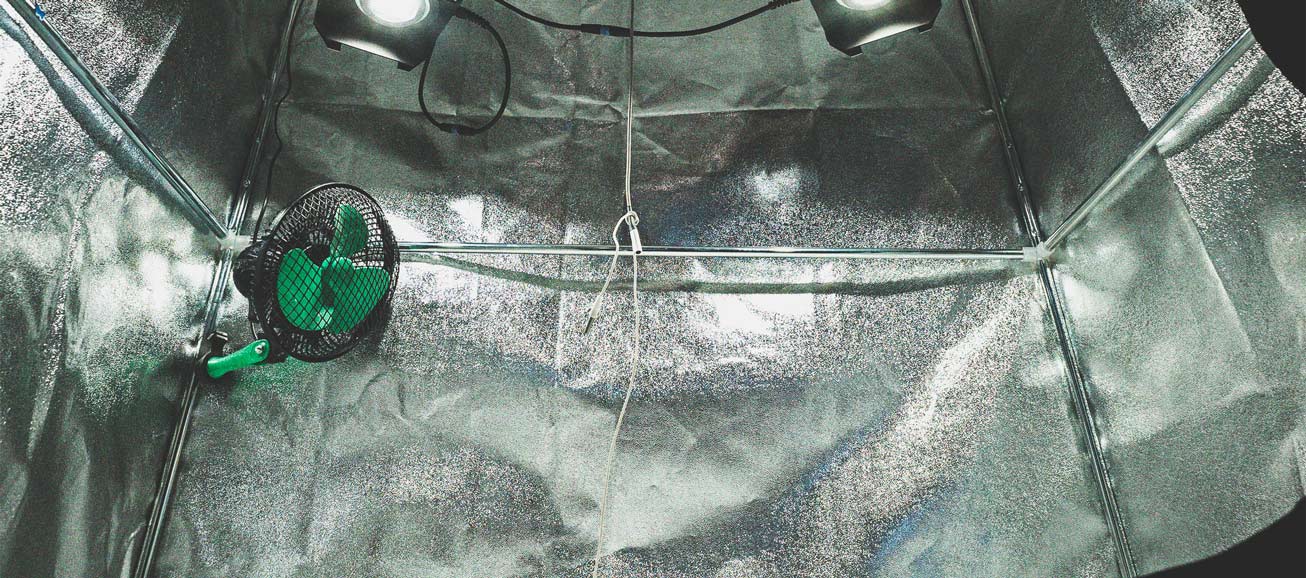
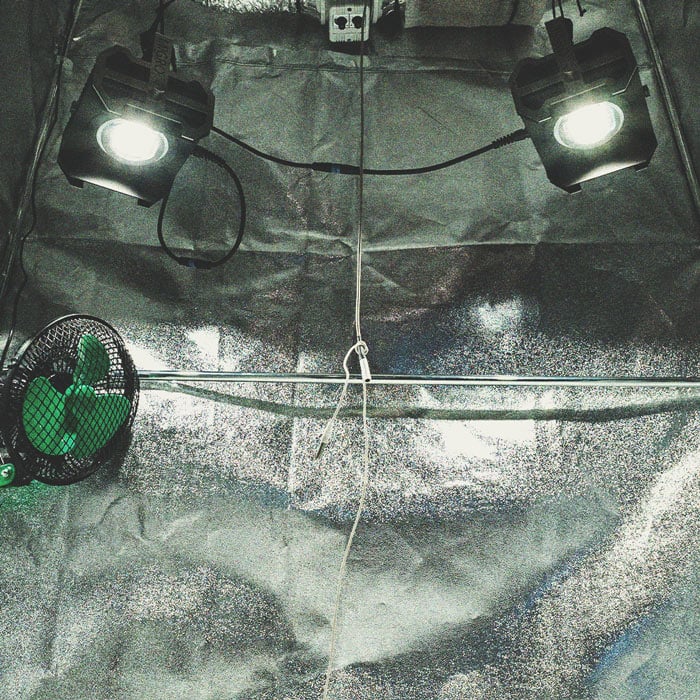
-
Light Schedule
In general, the more light cannabis plants receive, the better. However, you’ll also want to make sure your light bill isn’t too hard on your back pocket. For the best results, without going overboard, we recommend sticking to an 18/6 light cycle during veg and 12/12 during flower.
-
Light colour
Cannabis is able to use certain light frequencies more effectively than others at certain stages of its life. Check out your flowering bulb’s colour emission; most manufacturers put the details on the box of the bulb. During the flowering stage, cannabis utilises the red frequencies of the light spectrum most efficiently, so using a bulb with a high output (660nm is ideal) during bloom will help boost the amount and density of bud. However, it is important to note that cannabis uses the entire spectrum to some degree, so bulbs should be full-spectrum with the red enhanced, not exclusively red.
-
Lighting Outdoors
If you’re growing outdoors, you’ve got the advantage of working with the best grow light on (or off) the planet. To help your outdoor cannabis plants produce dense buds, make sure you position them in the parts of your garden that receive the most sunlight, at the best times of day. For example, many growers try to find a spot that receives lots of sun in the morning and early afternoon, with more shade during the hottest hours of the late afternoon.
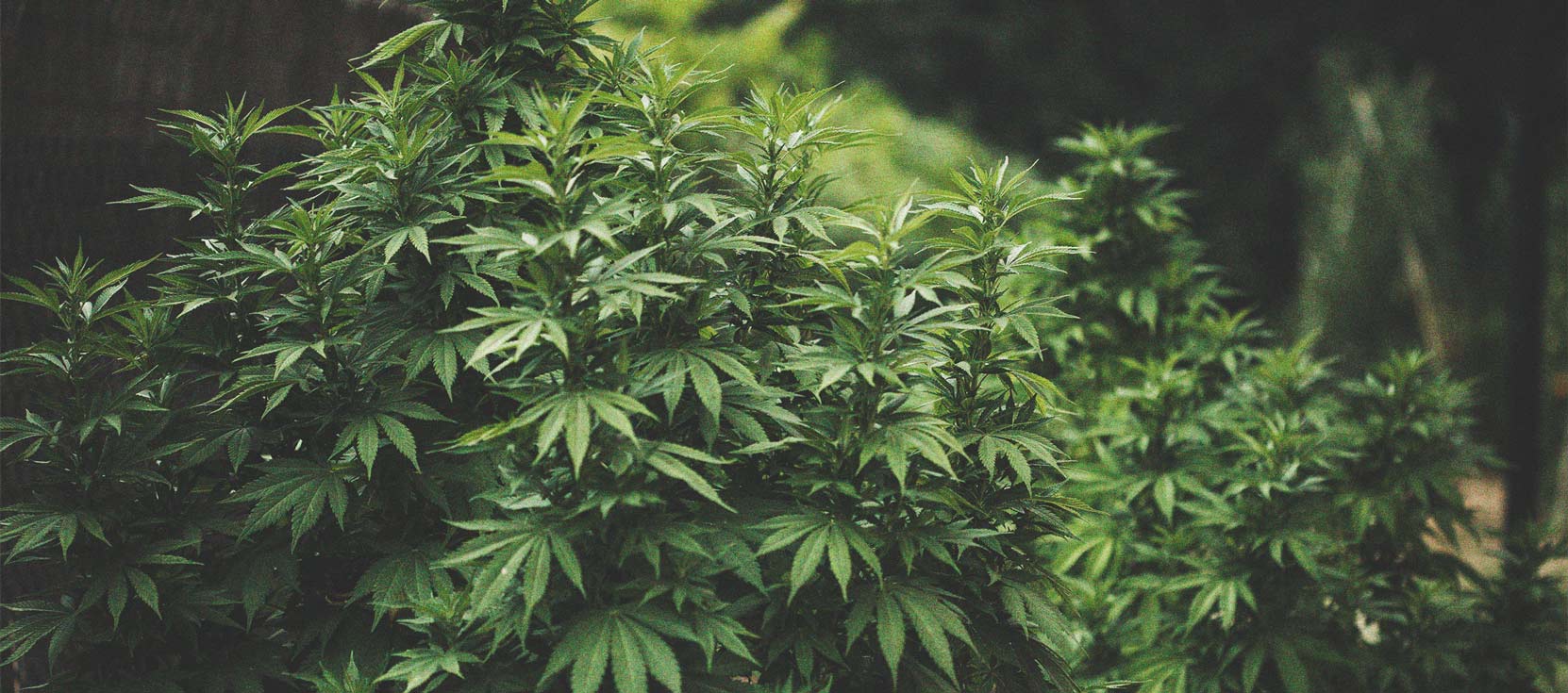
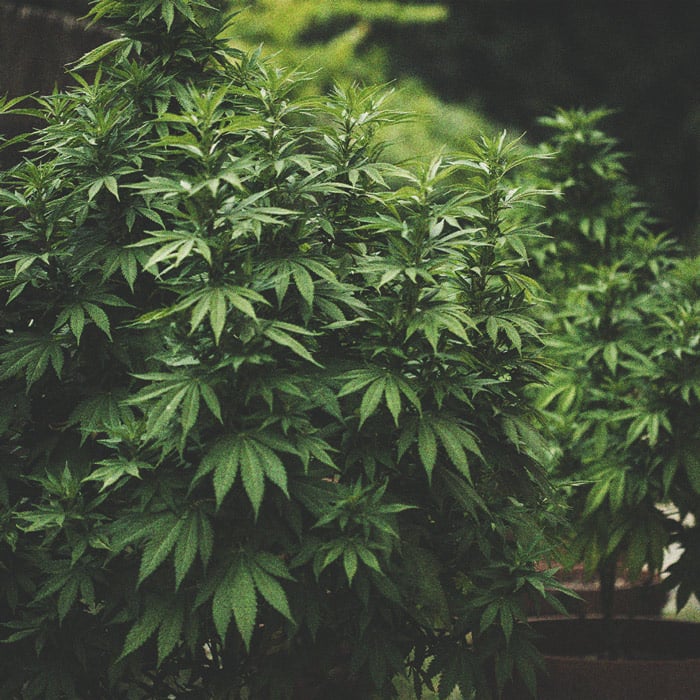
Optimising Temperature and Humidity
Temperature and humidity need to maintain an ideal balance in order for plants to develop dense and healthy buds. Otherwise, it could spell meagre results, or, worse—disaster.
-
The Correct Temperature for Cannabis
It is important that the temperature stays within an acceptable range. Average and peak temperatures should never be too low at night, and, more importantly, should never go above 30°C during daylight hours (if possible). The ideal range is between 18°C and 26°C. Too hot, and flowering will be stunted and buds can be seriously damaged. Outdoors, high temperatures can be an issue depending on where in the world you're located. Gently spraying the plants with water can help them bear the heat of July and August temperatures (in the Northern Hemisphere). Just remember to avoid spraying any water on the leaves when your plants receive direct sunlight. During the hottest hours of the day, this can cause sunburns on the foliage.
-
Ideal Relative Humidity for Cannabis
Closely tied in with temperature, it is important that humidity also remains within acceptable bounds. Never surpass 60% RH in the flowering phase and try to progressively reduce it down to 45% in the last 2–3 weeks before harvest. The plant will go into overdrive as it seeks to protect its flowers, responding by producing denser buds with more resin. Lower humidity will also help avoid mould formation.
-
Vapour Pressure Deficit (VPD)
Vapour Pressure Deficit is all about getting the temperature and humidity in your grow room/tent exactly right. Manage that, and you’ll notice exceptional results come harvest time. By achieving the perfect balance between your temperature and relative humidity, you’ll help increase the rate at which your plants take up light, water, and nutrients, resulting in faster growth (during veg) and the development of bigger, denser buds during bloom.
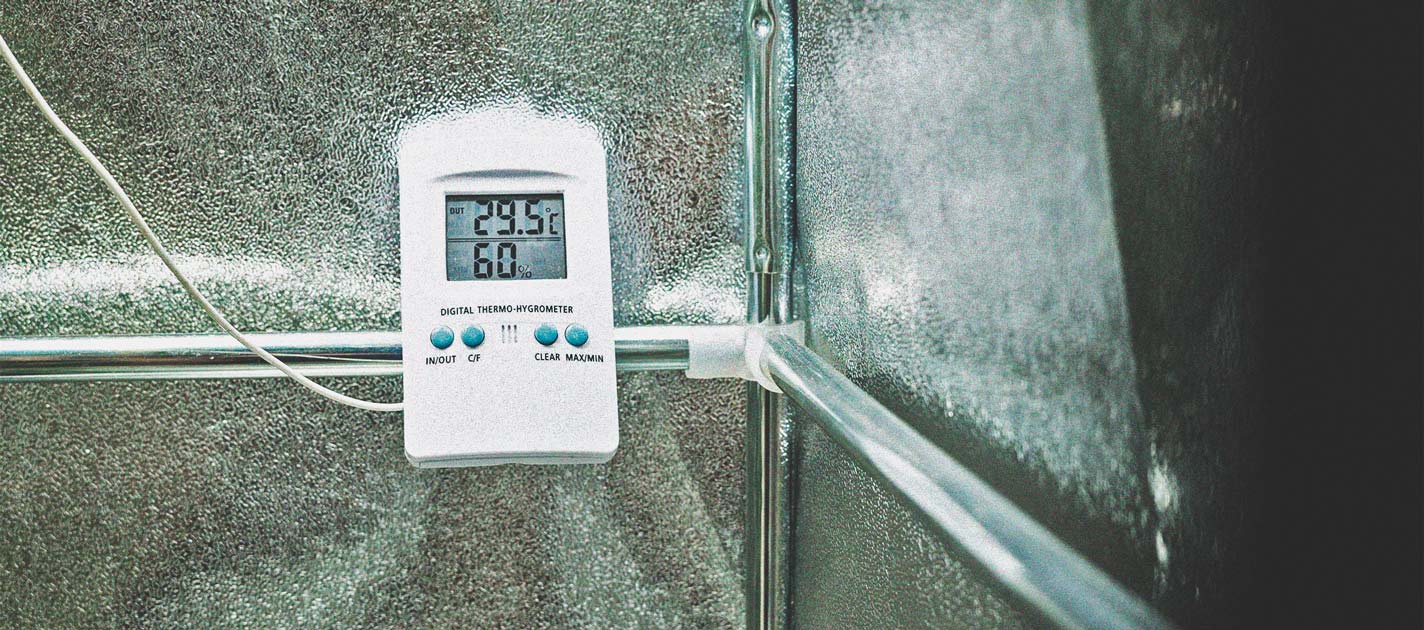
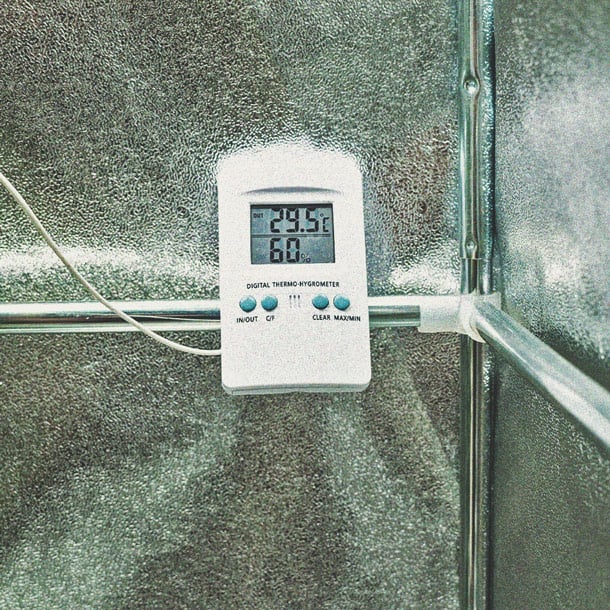
-
Proper Plant Spacing
Another key aspect of growing denser buds is proper plant spacing. By keeping enough distance between your plants, you’ll ensure they don’t overshadow each other, helping to maximise the amount of light that reaches the bud sites on each plant. Plus, you’ll also help promote better air circulation throughout your grow room or garden, which makes it easier for plants to breathe and protects them against issues like mould, pathogens, or pests.
-
Supplementing With CO₂
Increasing the amount of CO₂ in your grow room can help you grow bigger, denser buds. By doing so, you’ll help plants photosynthesise faster and encourage them to take up more nutrients and water. Unfortunately, supplementing with CO₂ isn’t cheap, and it can drive up the humidity in small spaces.
-
Managing Temperature and Humidity Outdoors
If you’re an outdoor grower, you're obviously at Mother Nature’s mercy. And, while you won’t have complete control over the temperature and humidity in the environment, there are a few things you can do to maximise your plants’ potential. These include:
-Properly spacing plants
-Employing proper watering and feeding techniques
-Placing your plants in a part of your garden with a gentle breeze (where possible)
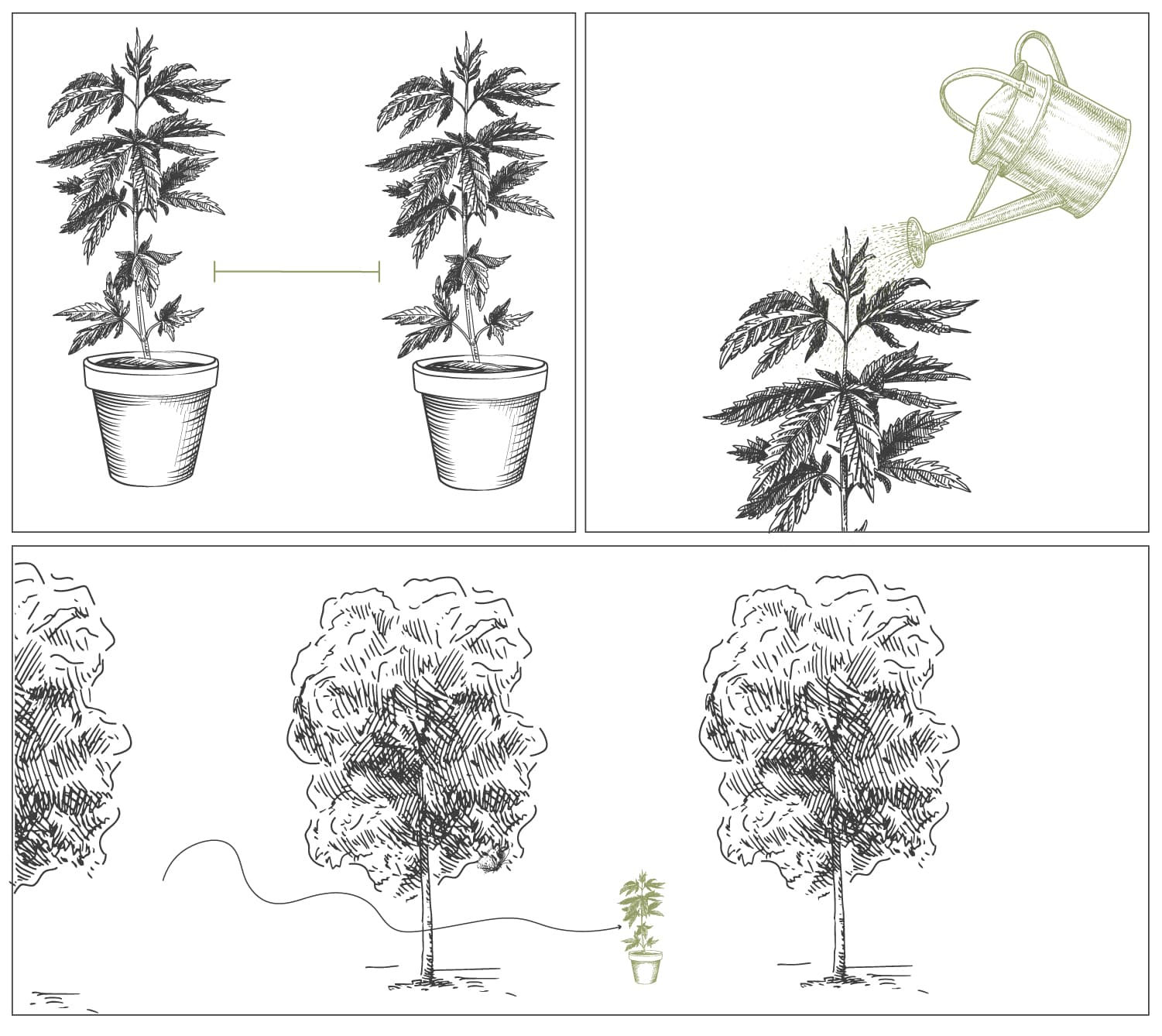
-Covering your plants (or bringing them inside) when it gets too hot
-Protecting them from harsh rains, storms, gale winds, etc.

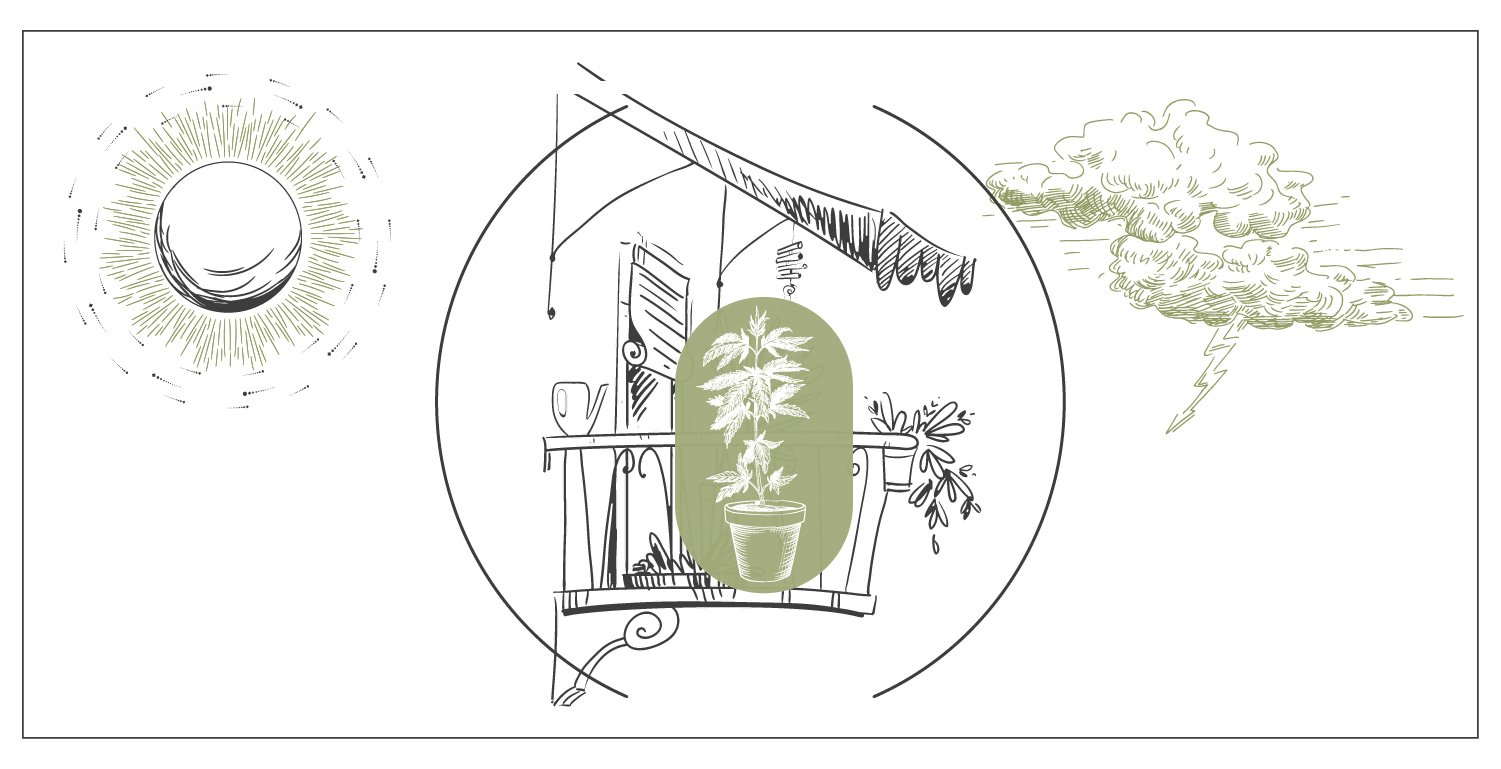
Nutrition — Properly Feeding Your Plants
You need to eat and drink, and so do your cannabis plants. To avoid light and airy buds, you've got to give your cultivars something to snack on. Here's what you need to consider.
-
Feeding Cannabis
Each strain has different feed requirements, so getting to know just how much feed a plant needs, and when to change amounts, comes with time and experience. However, generally, cannabis requires higher levels of nitrogen during the vegetative stage to push growth to the max, followed by higher levels of potassium during the flowering phase to fuel bud production. It is always a good idea to keep an eye on the pH of your growing medium, as it can affect nutrient uptake.
-
Caring for Roots
As we mentioned earlier, the key to healthy cannabis plants is a healthy root system. One of the best ways to encourage your plants to grow big, healthy roots is by using mycorrhizae and other beneficial fungi and bacteria. Don’t underestimate these tiny organisms; not only do they help create the perfect environment for your plants’ roots (helping them function and grow at their best), but they also protect them from pathogens like Fusarium and Botrytis.

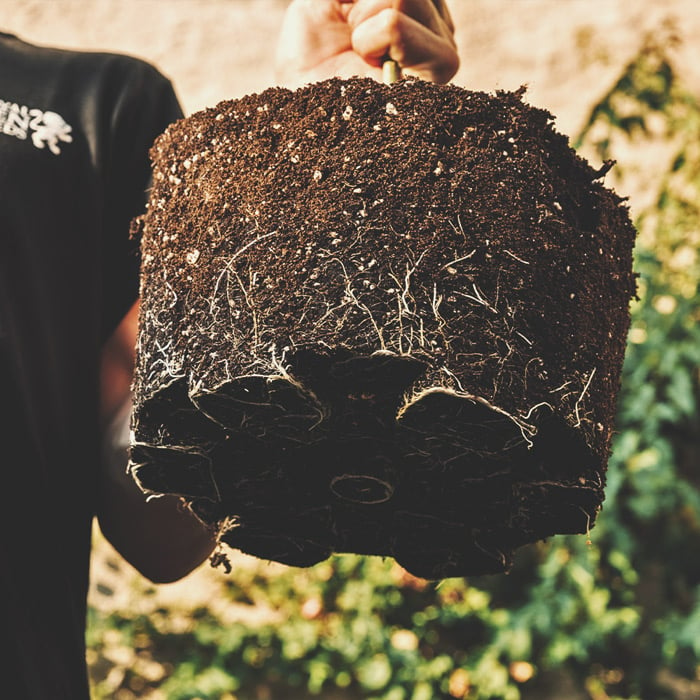
-
Overwatering
Roots need oxygen as well as water. Excessive watering fills all the small air pockets in the soil, eliminating any trace of oxygen for hours, or even days. As a result, plants will start showing droopy and curling leaves, and bud quality will be compromised if the problem is not solved.
Be careful not to water if the soil is still wet from the last drench, and be sure your pots can drain out any excess with ease. Moreover, always choose a light soil mix and add some extra perlite. Underwatering damages plants too, but that’s less common and much easier to fix.
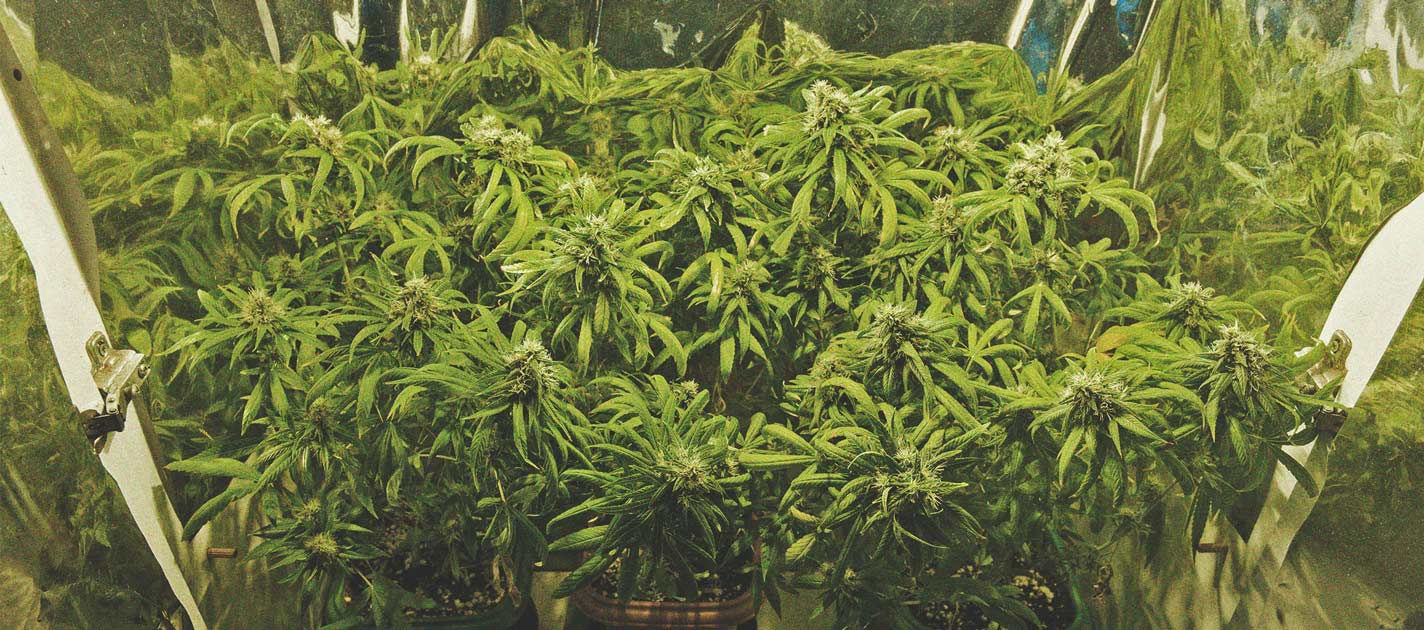
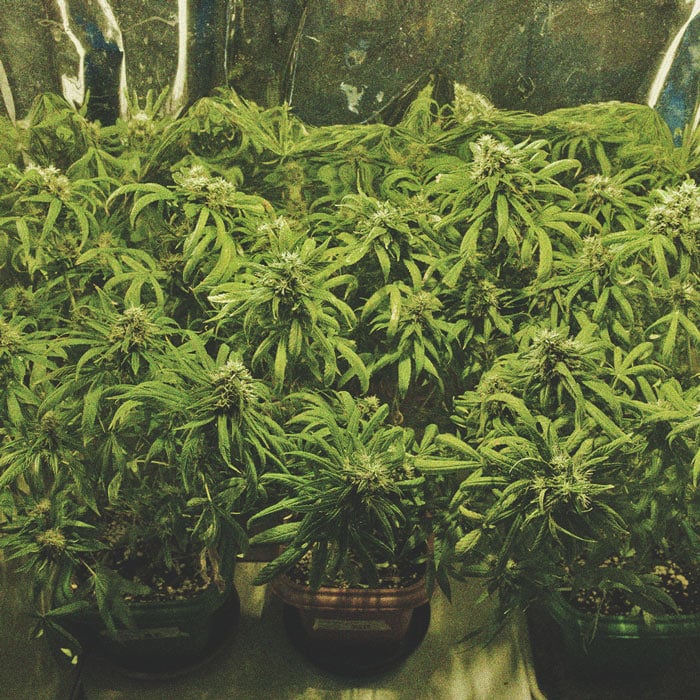
-
Using Molasses and Amino Acids
Molasses is an often overlooked supplement that needs to be in every grower's nutrient arsenal. A by-product of the sugar-refinement process, molasses is packed with nutrients that microorganisms such as beneficial bacteria and healthy fungi love. By regularly applying molasses to the soil, you’ll be helping to create a breeding ground for these microorganisms, creating the perfect environment for your plants’ roots in turn.
Amino acids can be used as a “super supplement” to promote the cellular strength of your plants, facilitate the growth of intracellular plant structures, improve the transportation of nutrients, and much more. Make sure to use amino acids in your next grow to ensure a heavier harvest of big, dense buds.
-
Going Organic
At RQS, we love growing cannabis organically, not only because it’s better for the environment, but because it produces a superior final product. While it might seem daunting, growing cannabis organically is really simple. A solid organic super soil (which you can make at home) and some compost or compost tea are essentially all you need to start your own organic cannabis garden, both indoors and outdoors.
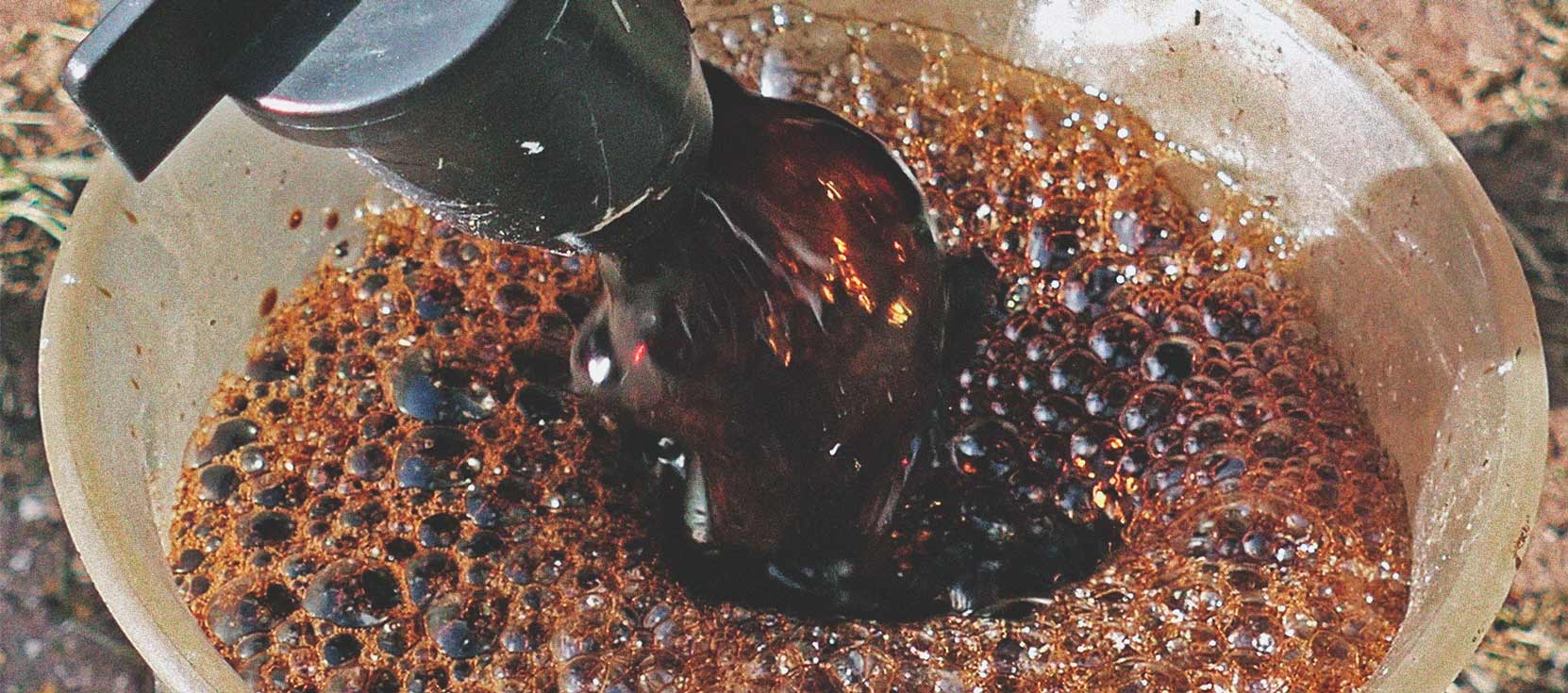
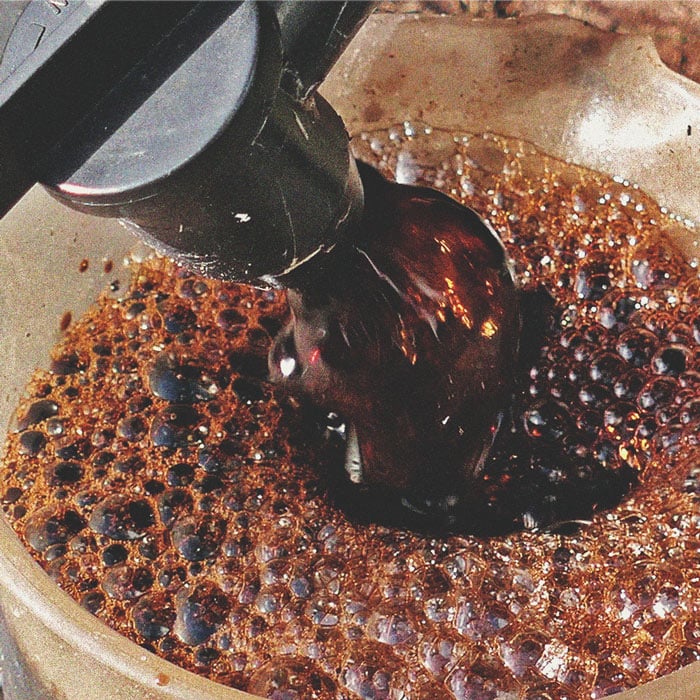
Knowing When to Harvest
One of the keys to growing bigger, denser cannabis buds is patience. We see so many young, inexperienced cannabis growers eagerly harvest their plants far too early. The final stages of flowering are super important for bud development; as your plants are pushed further and further into flowering without pollination, they’ll fatten up and develop a thick, rich resin.
Make sure to always have a microscope on hand and harvest your buds once roughly 70% of the trichomes have turned cloudy. Alternatively, if you prefer a heavier, more relaxing stone, wait a little longer and harvest your plants once 50% of their trichomes have turned amber.
Preparing for Harvest Time Outdoors
Nailing harvest time outdoors can be tricky. Outdoor cannabis gardens are naturally more prone to stress from pathogens/pests and the environment. As harvest time approaches outdoors, we recommend you invest in biological pest control like predatory insects (ladybirds, beetles, and praying mantis) and healthy bacteria/fungi (found in supplements like worm castings and compost) to help protect your plants from pathogens and harmful insects.
We also recommend keeping a close eye on the weather and taking the necessary steps to keep your plants protected from autumn rains, storms, and early frosts.


























